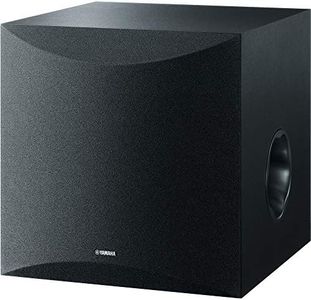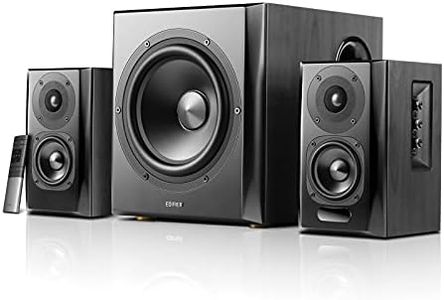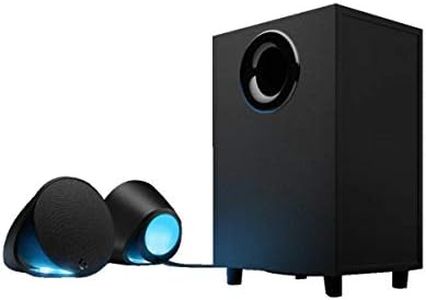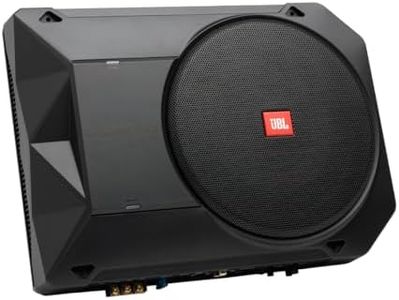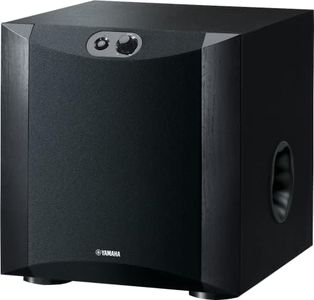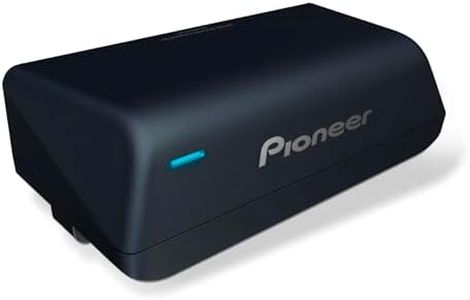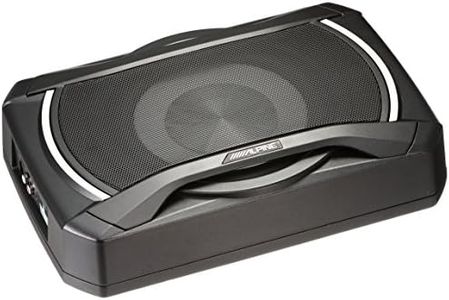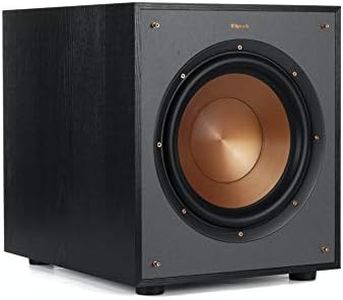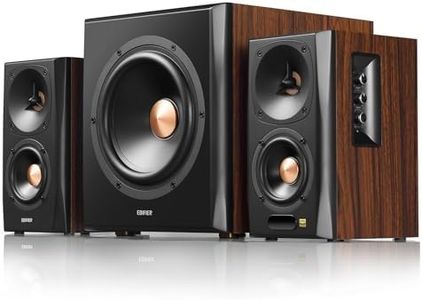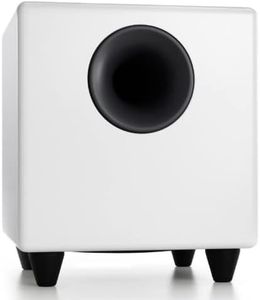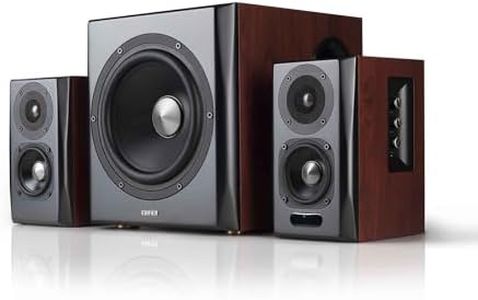We Use CookiesWe use cookies to enhance the security, performance,
functionality and for analytical and promotional activities. By continuing to browse this site you
are agreeing to our privacy policy
10 Best Budget Subwoofers
From leading brands and best sellers available on the web.Buying Guide for the Best Budget Subwoofers
Choosing the right budget subwoofer can greatly enhance your audio experience, whether it’s for home theater, music listening, or gaming. While shopping for a subwoofer, it's important to focus on the essential features that affect performance and user satisfaction. Evaluating the different specifications and matching them to your needs will help ensure you get the best sound quality for your environment. By understanding what each key specification means and considering your room size, listening habits, and setup, you can make a confident and informed purchase.Power Output (Wattage)Power output, usually measured in watts (W), indicates how much energy the subwoofer can deliver, which affects its loudness and ability to handle bass-heavy content. Higher wattage generally means the subwoofer can play louder and reproduce deeper, more impactful bass without distortion. Power can range from around 50W for basic models up to several hundred watts for more robust units. For small or medium rooms or casual listening, lower to mid-range power may be sufficient. If you want room-shaking bass or have a large room, consider a higher wattage. Think about your volume preferences and room size when deciding how much power you need.
Driver SizeThe driver is the main speaker cone that produces the bass, and its size is usually measured in inches. Common sizes for subwoofer drivers are 8, 10, and 12 inches. A larger driver can typically move more air, resulting in deeper and louder bass, while a smaller driver provides faster, tighter response that can work well for music. For small rooms or subtle bass, an 8-inch driver might be enough. If you want more powerful, cinematic bass, look for a 10 or 12-inch driver. Match the driver size to your space and the type of sound you enjoy.
Frequency ResponseFrequency response shows the range of bass notes the subwoofer can reproduce, usually noted in Hertz (Hz), like 40–200 Hz. The lower the first number, the deeper the subwoofer can play. A subwoofer with a lower frequency response (such as down to 20 Hz) will produce deeper bass notes, which are often felt as much as heard. If you're interested in feeling deep rumbles in movies or certain music genres, look for a subwoofer with a low minimum frequency. For more balanced listening, especially if you already have good main speakers, a higher starting point may be acceptable.
Input/Connection OptionsSubwoofers connect to audio systems through various inputs like RCA, LFE (low-frequency effect), or speaker-level inputs. Choosing a subwoofer with the right connections for your amplifier or receiver is crucial for easy setup and compatibility. RCA and LFE inputs are common for home theater receivers, while speaker-level inputs are useful for older stereos. Always check what outputs your existing equipment has, and choose a subwoofer that offers matching input options.
Size and Placement FlexibilityThe physical size of the subwoofer matters, especially if you have limited space. Larger subs often deliver more powerful bass but take up more room. Compact models are easier to place and can better fit into tight spaces but may not provide the same deep bass. Think about where you’ll put the subwoofer and how visible you want it to be. Also, consider whether the design allows placement flexibility, such as down-firing versus front-firing subwoofers, which can affect how the bass fills the room.
